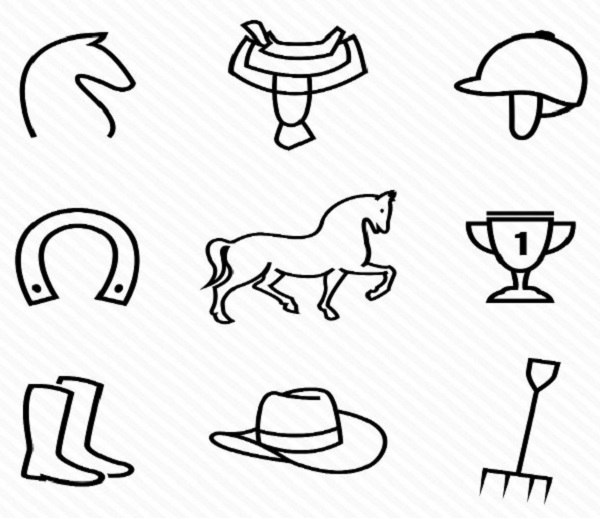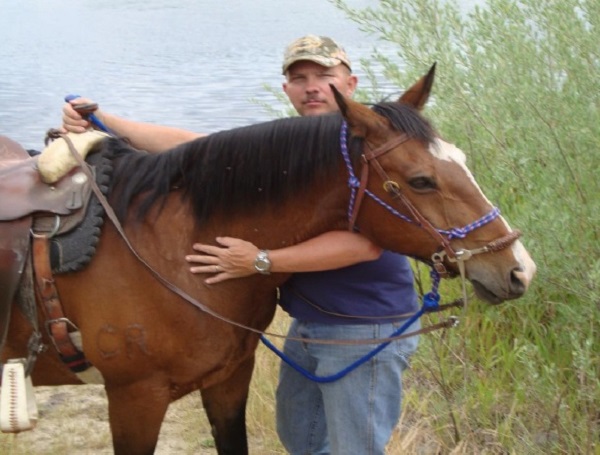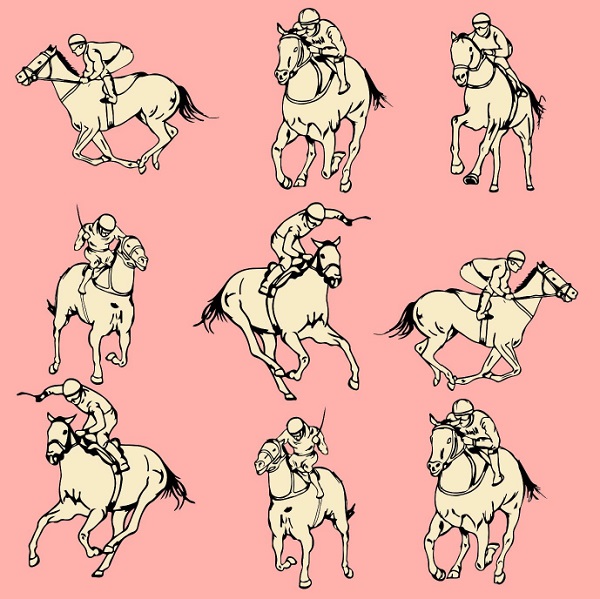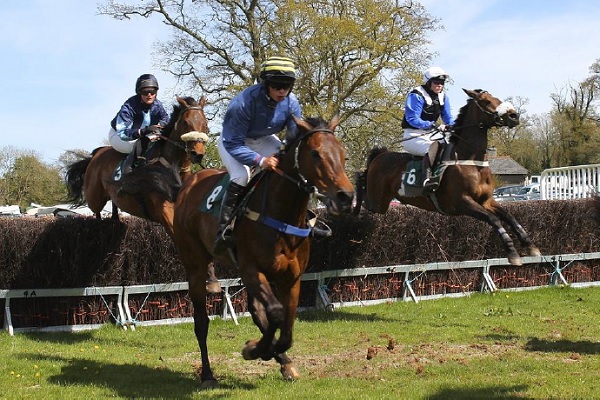The best life experiences are those in which you enjoy your moments and gain popularity at the same time. Horse racing may be the best for you if you are interested in it. To get started in horse racing, you need to know the equipment and terms that are most common.

The equipment used in the race is listed below –
Prongs
A piece of metal to put on the horse’s mouth to control the target.
Blinds
Used to partially cover the horse’s eyes so he can only talk straight.
Fencing
This is the structure over which horses jumped in competitions.
Bridle
A leather instrument used to cover a horse’s head and part of his mouth.
Halter
This is a rope stretched around the horse that is used by the rider to control the target.
Rope
It is attached only in the position in which you place your foot while riding the horse.
Whip
A leather material that has a stick on one end and is used to make horses run faster.
Stall
The waiting frame for the horses before the game begins.
Silk
This is a colored shirt worn by the rider.
Saddle
The rider puts it on the horse before riding it.
Riding – how to ride?
To ride a horse, you must be able to connect firmly with them. Because they are animals, and they tend to do your bidding only if you are good to them. So, you must first learn how to tame them. Always gently stroke their neck while riding them; this will convince them that they are doing the right thing.

To understand them better, try to see the world through their eyes. This will help you understand them. When the task is completed, reward them with a healthy treat. This will leave a mark in their minds, so they will always try to perform better.
How to ride a horse?
Stand on the left side of the horse and mark the stirrup. Now put your left foot on the stirrup. Hold the reins correctly with one hand, holding firmly to the front of the saddle, and put one hand behind the saddle. Now carefully get on the horse without kneeling on him. Make sure that the girth is tightened.

The stirrups should be the same size on both sides. To balance yourself correctly, sit exactly in the middle of the saddle. Your heels should be down and, most importantly, do a straight straight body posture with your chin up. This will give you a level of confidence. Do not hold long reins, as this can make it difficult to control your horses. Instead, keep them short.
How do you start the horse?
Now it’s time for a walk. A slight squeeze of the legs is enough to make the horse understand your command. If your horse is a little lazy, just give it a little kick. Never try to put your hand on the horse’s neck. Try to control the reins without moving your hands too much, because this could accidentally move the horse to the right or left.

Once your horse begins to gradually walk, increase his speed by squeezing, whipping, or using small strokes. Do the same during your fall. Do not lose yourself completely while slowing down. Another important aspect that every rider should follow every time after changing reins; checking the diagonals, otherwise the rider will have difficulty while riding.
Riding – options
In this chapter we will discuss the different types of races in detail. There are basically four types of racing, which have been explained below
- Flat races.
- Racing.
- Racing belts.
- Endurance races.
Flat Racing
The most common form of racing is flat racing. With the exception of some areas, such as Great Britain and Ireland, where eight-track figures follow, almost all flat racing tracks are oval shaped. Some use polytrack or Tapeta on their surface, while some use dirt. Races range in length from 400 meters to a maximum of two and a half miles in length.

The same weight is given to all horses in terms of fairness. Junior and female horses are also given allowances. Races of this type, in which the weight distribution is the same, are also called conditional races . On the other hand, in some races, different weights are distributed among different horses, known as handicap races .
Jump Racing
As the name implies, the horse has to overcome big obstacles in this race. The races can be divided into two categories –
- Steeplechase.
- Barrier Running.
Between these two, Steeple Chasing is a bit more difficult. In the UK, Jump Racing is also commonly known as National Hunt Racing.

Initially, when the horse starts riding, it goes through a flat race. Gradually, the horse gets enough potential to overcome large obstacles. At this time he is engaged in running hurdles. If the horse is deemed to have great potential, he alone will be subjected to the steeplechase race.
The type of racing in this category is known as the Chase , in which the horse must run a distance of 2 to 4.5 miles. He must jump over fences that are at least 4.5 feet. Another type of race is the running with hurdles . In this, the horse must cover a distance of 2 to 3.5 miles and overcome obstacles that are 3.5 feet high. There is another type of race called NH Flat Racing in which the horse must run a distance of 1.5 to 2.5 miles. It is also known as Bumper Racing.
